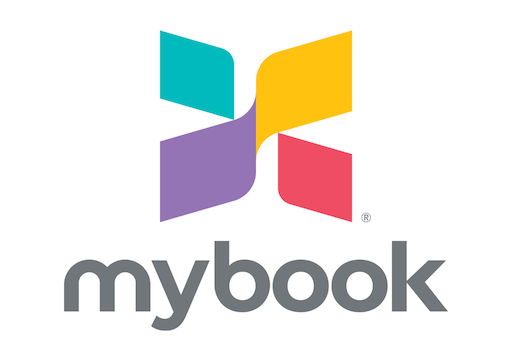
Switch Google Analytics Consultant: An Effortless Guide for Success
Switching your Google Analytics consultant can feel like a daunting task, but it doesn’t have to be. This transition can open doors to fresh ideas, new perspectives, and ultimately improved analytics performance. It’s not just about making the change; it’s about optimizing your data strategy to better suit your business objectives. Let’s explore how to make this switch smoothly and successfully.
Understanding When to Make the Switch
Every business encounter periods of growth and change, sometimes revealing gaps in your analytics strategy. Maybe your current consultant isn’t aligning with your vision or perhaps your needs have evolved. It’s crucial to listen to your instincts. If you find yourself frequently frustrated when reviewing reports or feeling disconnected from your data interpretation, it’s time to evaluate your current relationship. Recognizing these signs early can save you time and resources in the long run.
Evaluating Potential Consultants
Once you’ve made the decision to switch Google Analytics consultant, the next step is finding the right match for your needs. It’s crucial to ensure your prospective consultant not only has the technical skills but also understands the nuances of your industry.
1. Experience and Expertise: Look for consultants with a robust portfolio. A well-pedigreed consultant will likely have case studies to demonstrate their capabilities. For instance, a consultant who has successfully increased e-commerce conversion rates for a client in your industry might be precisely the kind of nuance you’re looking for.
2. Communication Style: Analytics can be dense and complex. You need someone who can break down data into understandable insights. During initial meetings, pay attention to how clearly they explain their past projects. A good consultant should make you feel enlightened, not overwhelmed.
3. Aligning Goals: A consultant should be more than just a number-cruncher. They should take a holistic view of your business goals and tailor their approach accordingly. For example, if your aim is to boost engagement on a mobile platform, your consultant should propose actionable insights specific to that channel.
The Transition Process
After you’ve vetted potential candidates and identified a new consultant, the real work begins. It’s essential to have a structured transition plan to ensure continuity in your analytics setup.
– Documentation: Ensure that your current consultant provides all necessary documentation. This should include goals, custom reports, tracking setups, and any specific configurations that are vital for your business. Having a well-documented history allows the new consultant to pick up right where the old one left off.
– Onboarding Sessions: Set aside time for the new consultant to familiarize themselves with your existing setup. This session should involve a deep dive into your goals, past performance, and future expectations. Consider it like a first date—lots of listening and sharing is critical for a successful partnership.
– Regular Check-ins: Schedule regular meetings during the initial months to ensure the new consultant is on track. Open dialogue can help identify any issues early on and allows for adjustments to strategies as they unfold.
Embracing the Change
Making the leap to a new consultant isn’t just about tactics and data; it’s also about an attitude shift within your organization. Embrace the opportunity for innovation. Here’s where it can get exciting! With a fresh pair of eyes, your data might reveal trends you hadn’t noticed before, maybe that a particular demographic shows increased engagement on Instagram over Pinterest—tweaking your strategy could lead to expanded outreach.
An anecdote might help illustrate this point: A friend of mine switched to a newer analytics consultant late last year and saw a 30% increase in user retention within three months simply because their new consultant proposed a user journey that was tailor-fit to their audience’s behavior.
Measuring Success
As you settle into this new arrangement, it’s vital to focus on metrics that truly matter. Look beyond vanity metrics like page views and focus instead on conversion rates, customer lifetime value, and return on ad spend. These are the numbers that will tell you if your new partnership is indeed yielding results.
Remember, switching consultants is more than just a change; it’s a step toward revitalization and growth.
—
FAQs
Q1: How do I know it’s the right time to switch my Google Analytics consultant?
A1: If you feel your consultant isn’t aligning with your business goals or isn’t providing understandable insights, it may be time to make a switch.
Q2: What should I look for in a new Google Analytics consultant?
A2: Seek a consultant with relevant experience, a clear communication style, and an understanding of your specific industry and business goals.
Q3: How can I ensure a smooth transition to the new consultant?
A3: Document your current analytics setup, schedule onboarding sessions, and maintain regular check-ins to address any immediate concerns or adjustments needed.
Related Posts
Switch Lead Gen Expert: Effortless Steps for Success
In todays competitive landscape, becoming a switch lead gen expert can transform your approach to business growth. With a focus on building relationships and understanding your audience, youll discover...
Switch Instagram Consultant: Effortless Guide to Success
Are you struggling to make an impact on Instagram? A switch to an Instagram consultant could be your key to effortless success, guiding you through the ever-changing social media landscape and helping your...












